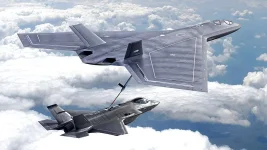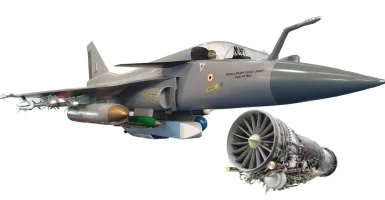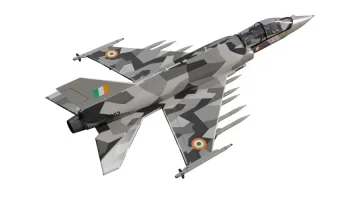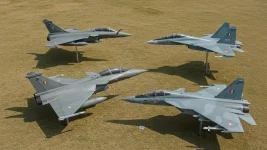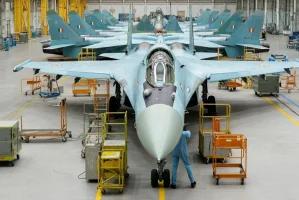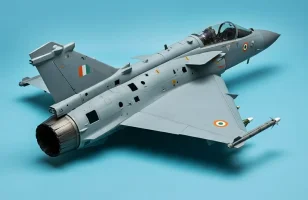- Views: 655
- Replies: 5
India's upcoming Tejas Mk2 fighter jet programme is incorporating significant technological advancements, highlighted by a new system architecture designed to accommodate frequent software upgrades.
An official from the Aeronautical Development Agency (ADA), the lead design agency, stated that this enhanced capability will markedly improve the aircraft's operational effectiveness.
The Tejas Mk2 will feature sophisticated mission computers and processing units specifically engineered to handle software updates on a regular basis, moving away from the lengthy and complex update cycles common in older aircraft, which often spanned several months.
This modern software framework will empower the Indian Air Force (IAF) and the manufacturer, Hindustan Aeronautics Limited (HAL), to implement updates frequently, potentially almost weekly according to ADA engineers. These regular updates are intended to refine the jet's performance characteristics and seamlessly integrate new sensors and weapon systems as they become available.
This rapid iteration cycle bypasses the need for large, infrequent software overhauls that demand extensive testing and validation phases before being deployed across the fleet. The Tejas Mk2 uses an Open Architecture Computer (OAC) and distributed processing systems, which are key enablers for this modular and upgradeable design.
Adopting this agile approach to software development aligns the Tejas Mk2 with global trends in advanced fighter aircraft design. In modern aerial warfare, digital systems and the ability to rapidly update software are critical for maintaining a technological edge against evolving threats.
The architecture will facilitate the swift integration of upgraded avionics suites, advanced radar systems like the indigenous Uttam AESA radar, and sophisticated electronic warfare (EW) capabilities. This ensures the Tejas Mk2 can incorporate cutting-edge technology throughout its service life, keeping the IAF equipped with a capable platform.
Ultimately, the capacity for regular software enhancements is expected to significantly boost the Tejas Mk2's combat readiness and its ability to adapt quickly to emerging battlefield challenges and new threat profiles.
The streamlined update methodology aims to minimize aircraft downtime for modifications and ensures that improvements can be rolled out efficiently across the entire squadron network, maintaining high levels of mission preparedness for the Tejas Mk2 fleet.
This focus on software agility is central to the overall design philosophy of the Tejas Mk2, envisioned as a more capable, medium-weight category fighter compared to its Mk1/Mk1A predecessors.

